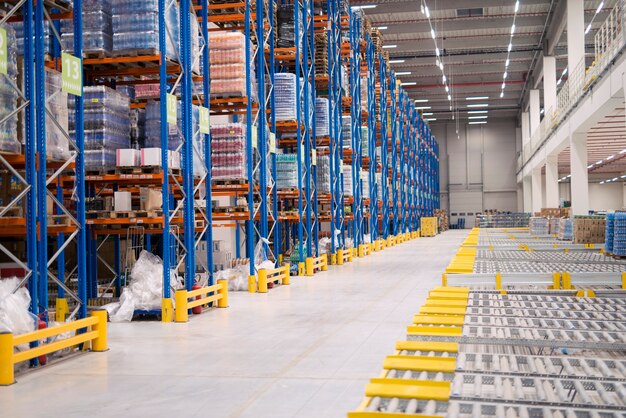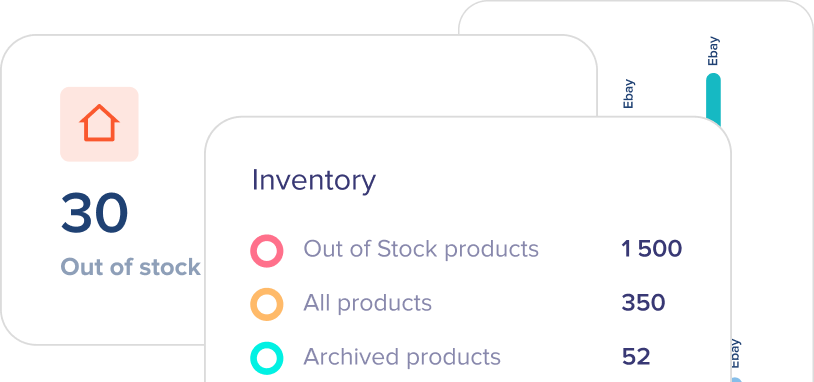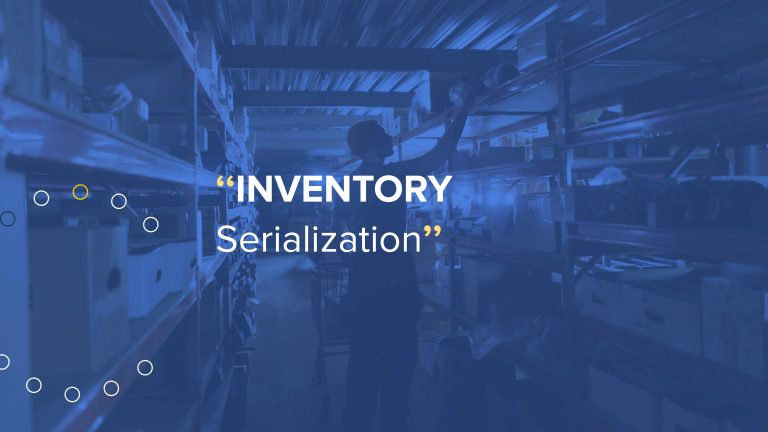To increase efficiency, manufacturing organizations have to implement the appropriate production strategy. There are three central production systems in the manufacturing world: Mass (or continuous), batch, jobbing. Some companies use all three production types. If you are willing to implement batch production for your business, here is everything you need to know about it.

What is Batch Production?
The hint is in the name. Batch production presents a manufacturing process where the goods are produced in groups known as batches. The main benefit of producing in the batch is that you can use the same machinery for different purposes. Batch production is frequently used for producing group orders. Unlike assembly line or continuous production, where the process is continuous and therefore has more machinery of specific purpose, batch production machinery is more flexible. In this case, all the items in the batch are identical, but there can be differences between the batches. Let’s look at the specific examples to get a better picture.
The key to batch production is careful work scheduling to ensure suitable utilization of capacity. If you are to produce something with this method, you need to calculate each step in every stage of your item production. For this, you need good management tools to keep every planning stage in order. As an example, eSwap offers an inventory management feature and other functions to keep you on track with your planning.
Importance of Batch Production
So, why is it beneficial? As previously mentioned, there are two more production systems: job and flow. In the case of flow, the same product is mass-produced, leaving no room for any variations. The products you produce are identical. With jobbing, we have the exact opposite of mass production. There has to be an increased level of customization, meaning the product is almost entirely tailored to the customer’s needs. For instance, if a customer wants a cake with specific ornamentations or toppings on it or a shirt with a specific print, you have to produce it like that to match their needs.
Batch production is the golden middle between these two production types. As a producer, it allows you to offer differentiation within the same product category. For instance, you produce a T-shirt. You see many customers come in and ask for a different color or a different print of the same t-shirt. In the classic scenario, you do not have such items since you produced them in one sitting, and you lose customers. However, when you have options from different produced batches, your customers have a wider choice, affecting your income.
This concludes the importance of batch production, which provides wider choice and higher customization to the customer, ensuring higher productivity for the manufacturer in the meantime.
To understand the concept of batch production thoroughly, let’s look at its pros and cons.
Batch production advantages
- Low unit costs: Batch production is a cost-effective production method because large production volumes decrease the cost per produced unit. You have lower investments in plants and machinery since the multi-use machines allow you smaller investments. The low cost also refers to material prices. As you produce in batches, you know exactly how much material you need. The materials are usually bought in bulk, making them less expensive than if you were to buy them in smaller quantities.
- Wider choice: The problem with many companies is that they often lack variety, therefore giving customers a narrow choice range. When the product is made in batches, it allows diversity. For instance: same product – different colors\sizes.
- Flexible production: Flexibility is a crucial figure in batch production. Since different batches are produced, it is easier to apply variations to the products. For instance, if you make cupcakes in batches, you can create each bath with some variations, like a batch of chocolate cupcakes, a batch of caramel toppings, and so on. You can quickly identify your most selling products by tracking the demand and sales volumes.
- Contingency suppliance: There is a higher possibility of an error being discovered between any batch production processes. A defect might be unnoticed in inflow production and sent for purchasing due to its line essence.
- Quality control: One of the most significant advantages of batch production over mass production is quality control through each step. You can check if everything is alright with the batch after each stage in batch production. In case of some issues, you can stop the process to fix the problem. You cannot do that in mass production because the products are in continuous motion, and you cannot stop the production line.
Batch production disadvantages
- Narrow specialization for workers: Frequently, due to the monotone flow of the process, workers become less motivated since their jobs are mostly repetitive.
- High expenses of constant set-up: Of course, less machinery equals less pay. But those machine set-ups after every step is not inexpensive either.
- Raw materials storage space: Since batch production includes step by step process, all the material cannot be used for production immediately. It needs to be stored, which is primarily a problem for small companies. In the case of mass production, since the production process is constant, you purchase a material that immediately goes to manufacturing.
- Complex production planning. Whether you have a small-scale or a large-scale batch production, you need to calculate and plan every step before the process begins; otherwise, it can become messy. This is not as easy as it might seem.
Examples of Batch Production

Suppose you are still unsure about the concept of batch production. In that case, there is no better way to understand it than to compare real-life examples. Let us take a look at not only batch but all three manufacturing examples, each representing a different production style.
Mass production
Mass production means something is being produced continuously. A vivid example of continuous output is bottled water. You can already picture all those bottles constantly flowing on a line in a factory. Other than that, any canned good is an output of mass manufacturing.
Jobbing
This is the manufacturing type where customer-centricity is the main priority. An example of such production is tailor-made wedding dresses or cakes with specific ornamentations to the customer’s liking.
Batch Production
You can view it in the examples of baked goods. Take biscuits, for instance. You can produce three batches of the same product, but you change an essence, like flavor, with each set. There can be a caramel batch of biscuits, another batch of cappuccino flavor, and perhaps chocolate. In other words, in batch production, you do not change the core product, yet you provide variety, thus attracting more customers.
Here are some other examples.
- Clothing
- Fast food
- Computer chips
- Print media: magazines, newspapers, books
- Baked goods
- Electrical goods
- Clothing
- Flatpack furniture
- Computer software
- Pharmaceuticals
To sum up
It is essential to choose the right manufacturing approach for your company. Keep in mind that each method has its flaws and benefits, so you need to weigh it carefully and implement what is best for your business.







